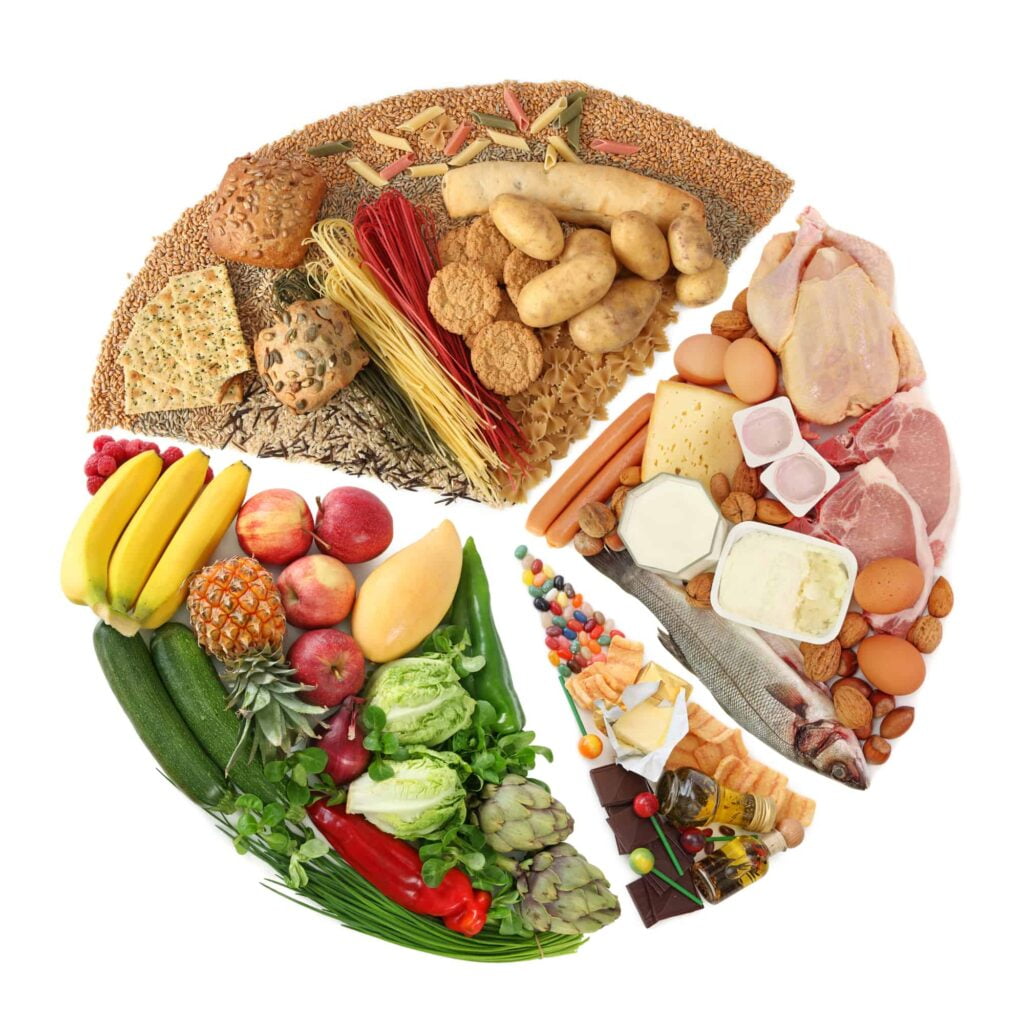Hair loss, weakness, confusion, and wounds that refuse to heal are often dismissed as inevitable signs of aging. However, these symptoms can be critical indicators of malnutrition, a prevalent yet preventable issue among the elderly.
“People often say ‘Oh, I’m just getting older,’ when in fact they are malnourished. This is entirely avoidable for many,” explains Judi Porter, a professor in dietetics at Deakin University.
Malnutrition In Older Adults
Older adults require more protein and energy than younger individuals, yet their daily intake often falls short. This nutritional gap leads to malnutrition, creeping in unnoticed. Shockingly, 68% of aged care residents and up to 50% of elderly Australians living independently face malnutrition or are at risk.
Read Also: Sydney Supermarket Offers Free Eggs, Milk, and Discounts to Help Families Save
“This is a serious problem in Australia,” says Karly Bartrim, a dietitian and convenor at Dietitians Australia’s aged care interest group.
The Consequences of Ignoring Malnutrition
Malnutrition is a silent killer.
“Regrettably, you can die from malnutrition in Australia people can definitely fade away,”
Professor Porter warns. Despite its severity, there are no specific Australian dietary guidelines for older adults at risk, nor is there mandatory malnutrition screening in aged care facilities.
“Malnutrition is so prevalent in aged care, yet dietitians are only involved after weight loss has occurred,” Miss Bartrim notes. Early intervention is essential to prevent this decline.
How Malnutrition Develops
Malnutrition arises from a range of physical and psychological factors. Chronic diseases like kidney and liver disease, congestive heart failure, and dementia can reduce appetite. Dementia patients may forget to eat or lose interest in food they once enjoyed.

“If a family member asks what you had for lunch, you might say ‘a sandwich’ because you’ve had a sandwich for the last 80 years, but perhaps you didn’t actually have the sandwich,” Professor Porter illustrates.
Other physical barriers include ill-fitting dentures and dysphagia (difficulty swallowing), which discourage eating. Emotional well-being also plays a crucial role; loneliness, depression, and grief can suppress appetite. One in five older Australians suffers from loneliness, significantly affecting their nutrition.
Food insecurity is another critical factor. Financial constraints may force older adults to skip meals or choose cheaper, less nutritious options. Additionally, many medications can impair nutrient absorption, including vitamin B12, sodium, and magnesium.
Malnutrition Assessment
A weight loss of 5% to 10% or more over three to six months is a red flag for malnutrition. Other signs include decreased energy levels, cognitive and behavioral changes, a weakened immune system, and poor wound healing.

“We can always tell someone’s not eating because it will take forever for the wound to heal,” says Miss Bartrim, a PhD candidate. Muscle loss is another severe consequence. Malnutrition puts the body in starvation mode, leading to sarcopenia—a condition marked by decreased muscle strength and quality. This loss limits mobility and increases the risk of falls and fractures, further isolating individuals and exacerbating depression and loneliness.
“If someone is malnourished and falls, they don’t have the reserves in their body to support them,” Miss Bartrim explains. Hospitalization due to falls often leads to hospital-acquired malnutrition, affecting up to 65% of inpatients and prolonging hospital stays by an average of 21 days.
Addressing Malnutrition: Early Intervention and Diet Changes
Recognizing and addressing malnutrition early is crucial. If you notice changes in mobility, weight, or eating patterns, seek a referral to a dietitian immediately. Those with chronic diseases may qualify for subsidized sessions with dietitians or exercise physiologists to help rebuild muscle mass.
Immediate dietary changes can also help. Older adults should prioritize high-protein, high-energy foods over vegetables. Red meat, fish, chicken, seeds, legumes, nuts, eggs, and full-cream dairy products provide essential nutrients. Avoid “diet” or “low-fat” options—extra weight can offer protective padding against fractures and provide necessary energy during illness.

“Eating by the clock” can establish a routine for those with decreased appetite. This technique involves eating six small meals at the same times daily, even without hunger. Nutritional supplements between meals are beneficial, but solid food should remain the primary source of nutrition.
Family members should make mealtimes enjoyable and stress-free, focusing on social interaction and comfort foods without rushing.
Read Also: Australia Faces Worst Whooping Cough Year Since 2016
The Need for Systemic Change
The current Australian dietary guidelines do not address frail, elderly people at risk of malnutrition, defined as “usually” over the age of 75, due to their complex health needs. However, the National Health and Medical Research Council (NHMRC) is reviewing these guidelines, with updated advice expected in 2026, including recommendations for those 65 and older to prevent malnutrition, frailty, falls, and chronic conditions.
Dietitians like Miss Bartrim advocate for mandatory malnutrition screening in aged care and increased funding for early intervention. The new Aged Care Act, set to commence next year, will prescribe food and nutrition standards, requiring menus to be developed and reviewed annually by accredited dietitians. While screening is recommended, it is not yet mandatory.
Conclusion
Malnutrition in older adults is a hidden crisis with severe consequences. Early recognition and intervention, along with systemic changes, are vital to addressing this issue. As the population ages, understanding and combating malnutrition will be crucial to ensuring a healthier, more dignified life for older Australians.


